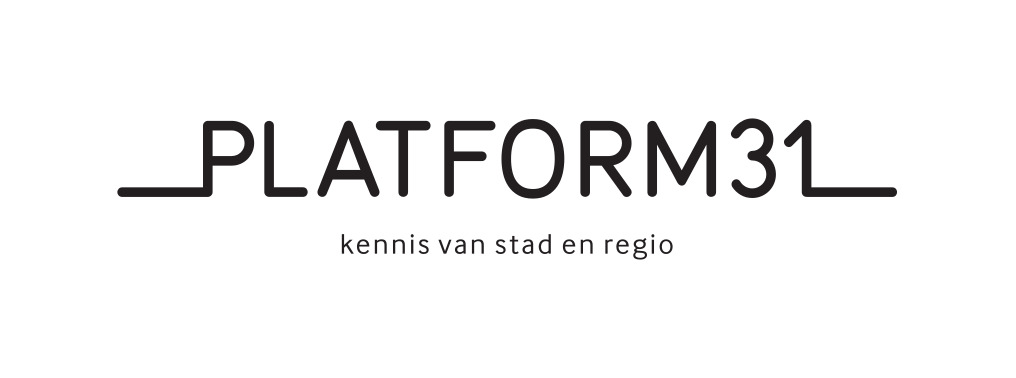Inhoud
- Bevolkingsdaling: wat is het?
- Beleid voor bevolkingsdaling: een korte geschiedenis
2.1 De krimp bestrijden
2.2 Bewustwording: Eerste Actieplan Bevolkingsdaling – 2009
2.3 Programmering en uitvoering: Tweede Actieplan Bevolkingsdaling – 2016
2.4 Provincies
2.5 Gemeenten - Bevolkingsontwikkeling en prognoses
3.1 Inleiding
3.2 Drijvende krachten achter bevolkingsontwikkeling
3.3 Bevolkingsontwikkeling in Nederland
3.4 De zeggingskracht van prognoses
3.5 Onwaarschijnlijkheden en scenario’s
3.6 Conclusie - Ontwikkelingen per domein
4.1 Wonen
4.2 Gezondheid en zorg
4.3 Onderwijs
4.4 Regionale economie en arbeidsmarkt
4.5 Bereikbaarheid - Praktijkvoorbeelden
5.1 Aanpak huisartsentekort
5.2 Toekomstgericht bouwen in Biggekerke
5.3 Zelfrijdende shuttlebus bij Ommelander ziekenhuis
5.4 Toekomst wonen in Beltrum
5.5 Gefaseerde strategie voor de herontwikkeling van Rolduckerveld
Contact
Atlas of Demography
Auteur Alvarez Alvarez, M., Boccardo, S., Bosco, C., Choumelova, D., Conte, A., Ghio, D., Goujon, A., Kalantaryan, S., Loeschner, J., Mcmahon, S., Natale, F., Schumacher, G., Scipioni, M., Sermi, F., Tarchi, D., Tintori, G. and Kompil
Verschijningsdatum april 2021, European Union
Prijs download
The Atlas of Demography is a new interactive tool from the European Commission. It brings together demographic data from official statistics and projections as well as new data produced by the Joint Research Centre.
With this Atlas the EU citizen can better understand how demographic change is shaping the future of Europe. You can approach the Atlas in two main ways:
- You can look at geographic areas, from an EU overview to the national, regional and local dimensions (top menu).
- Or you can look at specific themes, which are presented as stories (bottom-right menu).
Each tab opens a dashboard. A dashboard is a collection of interactive maps and charts that can be explored and customised through filters. By hovering the mouse on text, chart and maps, additional information will be shown.

